Manu National Park, declared a UNESCO World Heritage Site and Biosphere Reserve, is one of the most biodiverse places on the planet. With over 1.5 million hectares spanning from the Andes to the Amazon rainforest, this natural sanctuary is home to unique species such as the jaguar, the spectacled bear, and the Andean cock-of-the-rock, Peru’s national bird. If you’re looking for a guide to traveling to Manu National Park, you’ve come to the right place. Here, we’ll tell you everything you need to know to plan your trip, from must-do activities to practical tips for enjoying a safe and sustainable experience.
How to Get to Manu National Park
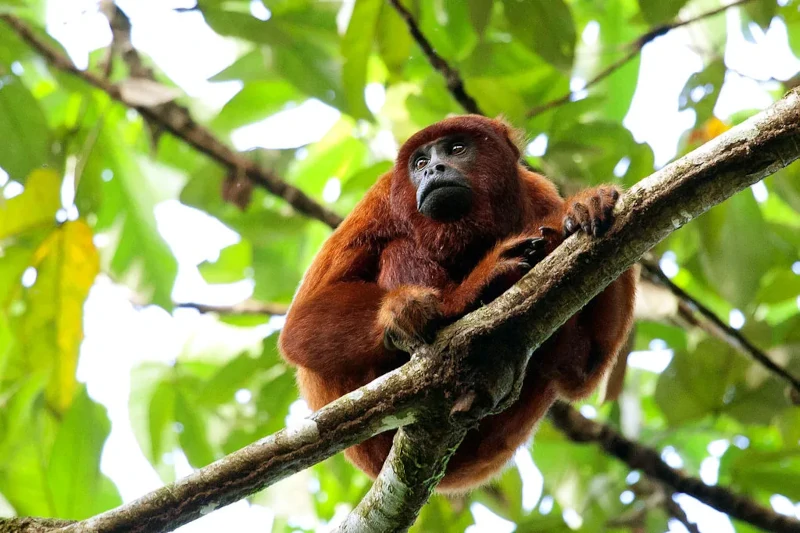
Route from Cusco: The Gateway
Most organized tours depart from Cusco, the historical capital of Peru. The overland journey includes a route through inter-Andean valleys, the colonial town of Paucartambo, and the mysterious Cloud Forest, home to the Andean cock-of-the-rock, Peru’s national bird. From there, you descend into the lowland rainforest via winding roads until reaching river ports like Atalaya, where you board boats to navigate the Alto Madre de Dios River into the heart of Manu.
Transportation Options
- By bus and boat: A common combination for 4 to 8-day tours. Includes stops at viewpoints and eco-lodges.
- Flights to Puerto Maldonado: Some itineraries end in this city, from where you can fly to Cusco or Lima.
Best Time to Visit Manu
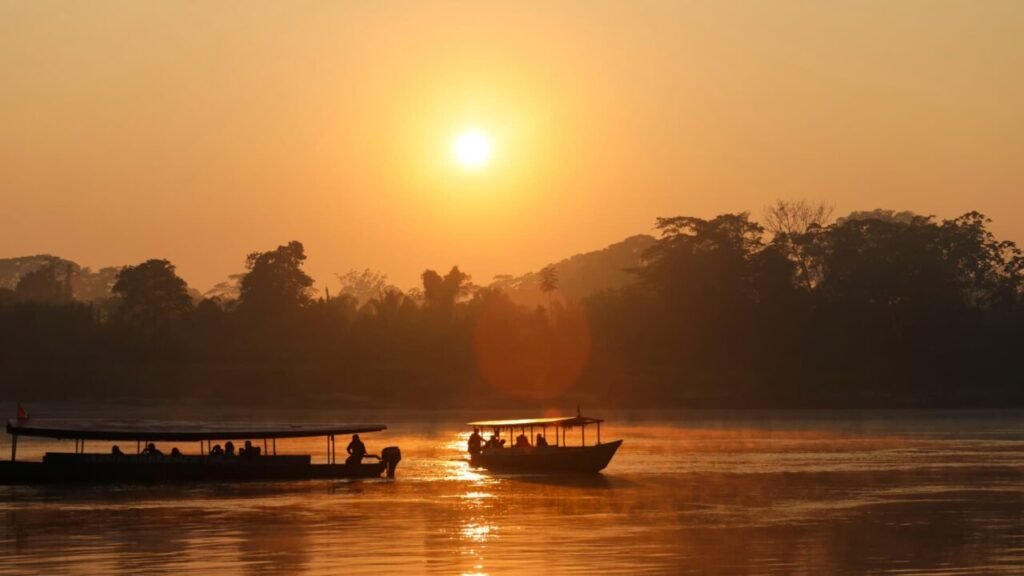
Dry Season vs. Rainy Season
- April to October (dry season): Ideal for wildlife spotting, with accessible trails and lower humidity.
- November to March (rainy season): Less crowded, but with swollen rivers that facilitate navigation. The clay licks (collpas) attract thousands of parrots and macaws.
Biodiversity in Manu National Park
Wildlife: An Eden of Unique Species
Manu is home to:
- 10% of the world’s bird species: Macaws, toucans, the Andean cock-of-the-rock, and 20 species of hummingbirds in specialized gardens.
- Iconic mammals: Jaguars (spotted along the Manu River), giant otters, tapirs, and 14 species of monkeys, including the red howler monkey and the tamarin.
- Reptiles and amphibians: Black caimans, Amazon river turtles, and poison dart frogs.
Flora: The Lung of the Amazon
With 20,000 plant species, from orchids in the Cloud Forest to giant ceiba trees in the lowland rainforest, Manu is a botanical paradise.

Organized Tours from Cusco
Popular Itineraries
- 4-day expedition: Ideal for travelers short on time. Includes hikes in the Cloud Forest, birdwatching, and visits to parrot clay licks.
- 7-day tour: The most comprehensive. Explores the Reserved Zone, navigates the Manu River, and offers nights in hides to observe tapirs.
- 10-day photography expeditions: Focused on macaw clay licks and jaguars, with specialized guides.
Prices and Reliable Operators
- Manu Explorers: 4-day tours from $300 and 7-day tours from $950, with comfortable lodges and native guides.
- Tierras de los Andes: Luxury expeditions with a focus on conservation, starting at $530 per person.
- Denomades: Budget-friendly 3-day option from $299, including accommodation and transportation.
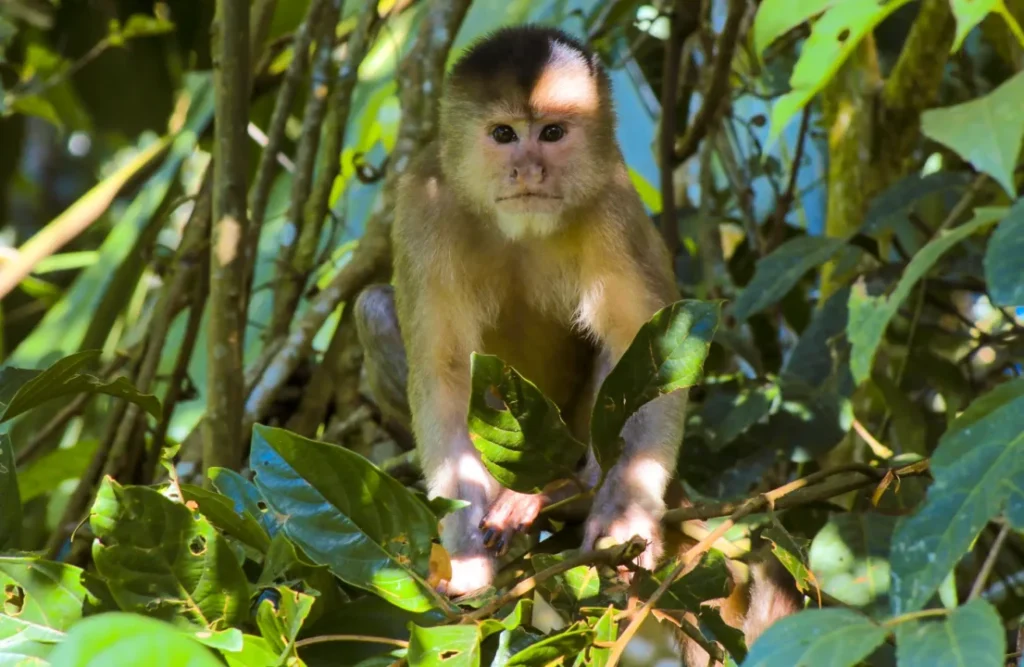
What to Do in Manu: Unmissable Experiences
Wildlife Spotting at Clay Licks
- Macaw Clay Lick (Blanquillo): At dawn, hundreds of macaws gather to lick mineral-rich clay. A spectacle of color and sound.
- Tapir Clay Lick: From nighttime hides, observe these shy mammals in their natural habitat.
Night Trekking and Catamaran Navigation
- Explore trails lit by flashlights to discover bioluminescent insects and tarantulas.
- Navigate by raft through oxbow lakes like Machuwasi, home to the hoatzin, a prehistoric bird.
Indigenous Culture
Some tours include encounters with the Matsiguenka community, where you’ll learn about their traditional medicine and relationship with the rainforest.
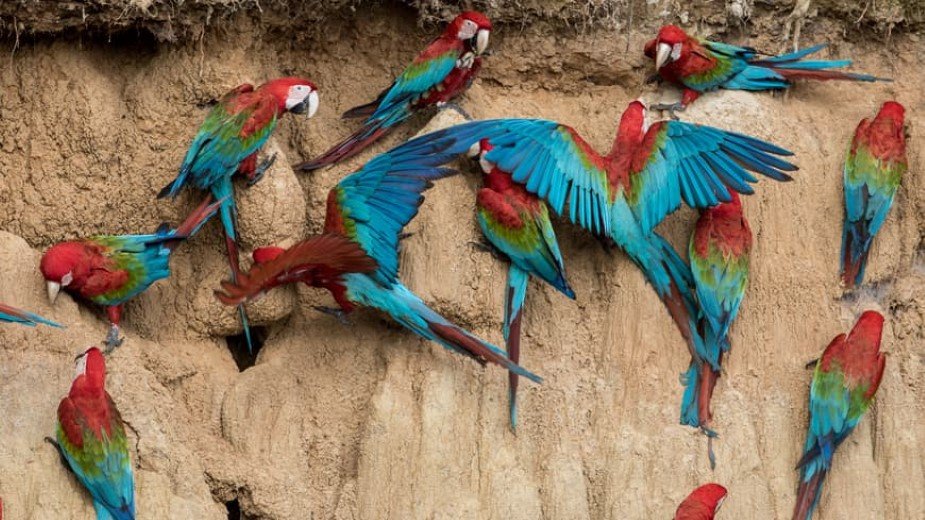
Where to Stay: Lodges in the Heart of the Jungle
Types of Accommodation
- Basic lodges: Like Casa Matsiguenka, with shared bathrooms and limited connection to nature.
- Luxury eco-lodges: Erika Lodge and San Pedro Lodge, with private rooms, hot showers, and solar power.
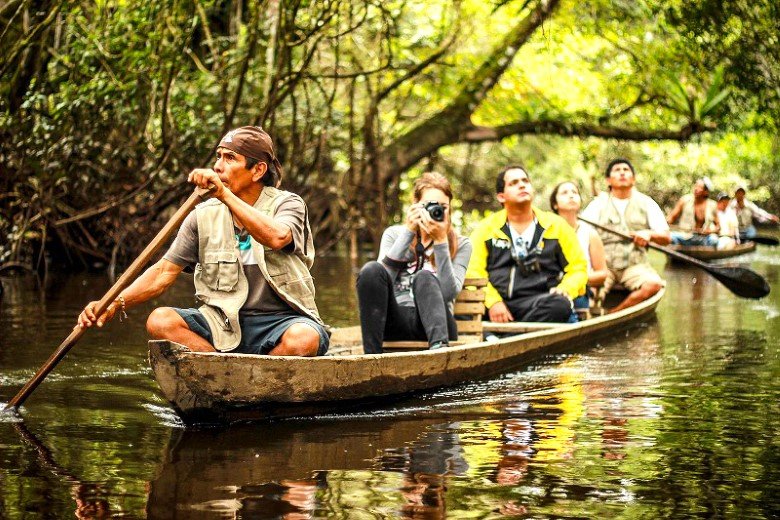
Ecotourism and Sustainable Travel
How to Choose a Responsible Tour
- Certified operators: Look for agencies like Perú Jungle Trips or Manu Adventures, run by former park rangers.
- Sustainable practices: Avoid tours that feed animals or disturb clay licks. Prioritize small groups (maximum 10 people).
What to Pack: Gear for the Adventure
Essential Checklist:
- Clothing: Rain gear, long-sleeved shirts, and pants for mosquito protection.
- Equipment: Binoculars, headlamp, and extra batteries.
- Health: Insect repellent with DEET, anti-malaria pills, and a basic first-aid kit.
Frequently Asked Questions about the Guide to Traveling to Manu National Park

1. Is it safe to travel to Manu National Park?
Yes, with expert guides. Avoid swimming in rivers due to caimans and always follow the team’s instructions.
2. What’s the best way to plan a Guide to Traveling to Manu National Park?
The ideal is to contact certified operators offering personalized itineraries and ensuring sustainable practices.
3. What kind of clothing should I pack for an expedition to Manu?
Lightweight clothing that covers your skin for insect protection, plus rain gear and sturdy footwear.
4. Is it possible to see jaguars in Manu?
Yes, though it’s rare. Sightings are more common in the Reserved Zone, especially near the Manu River.
Absolutely. This corner of the Peruvian Amazon will not only connect you with nature in its purest form but also support the conservation of a unique ecosystem.
You may be interested in the following tours:

